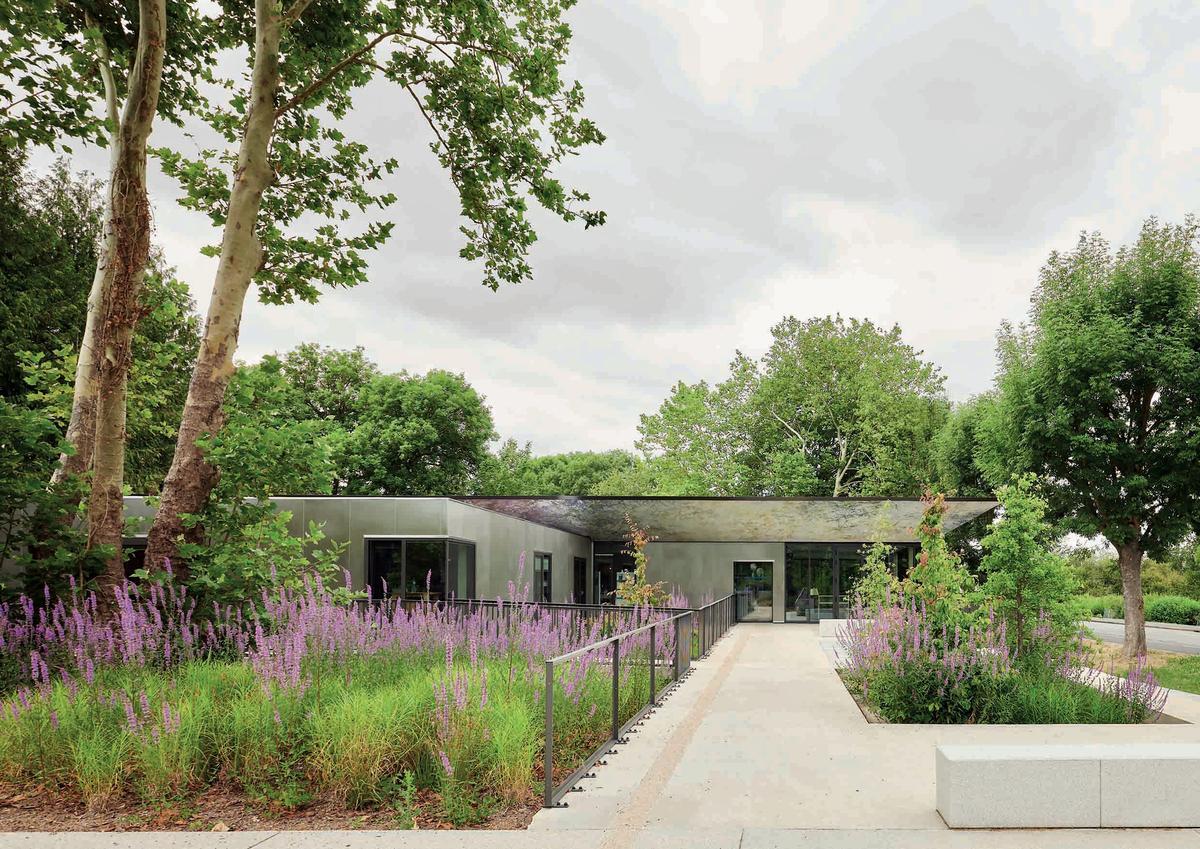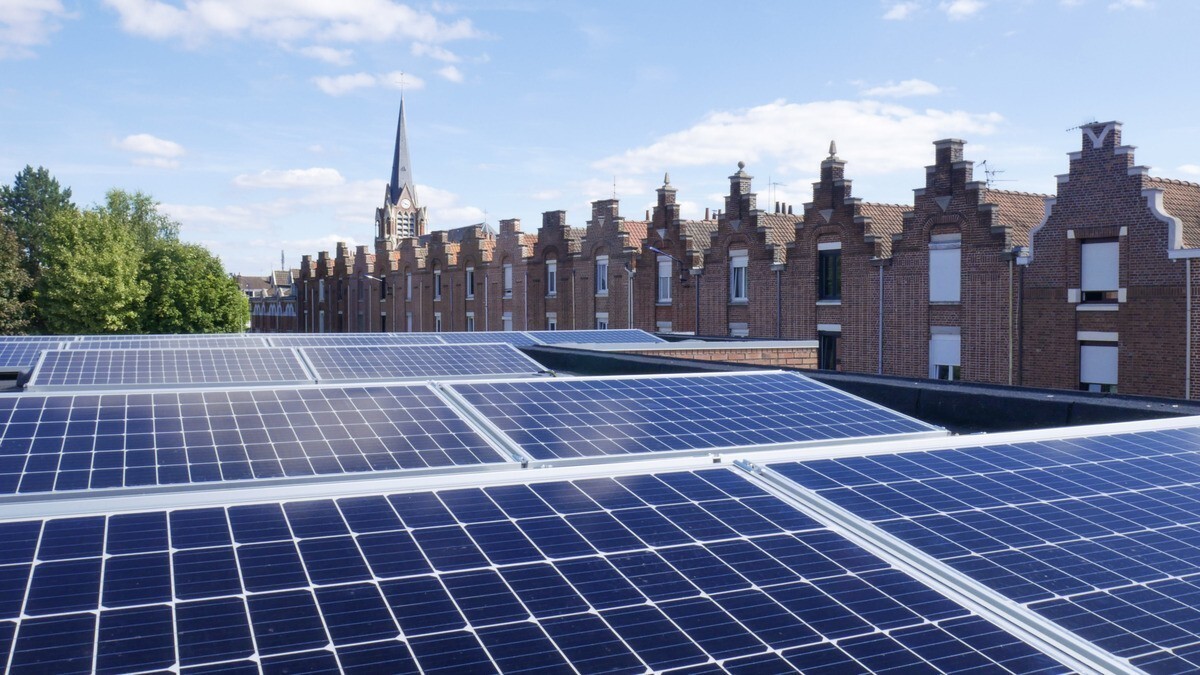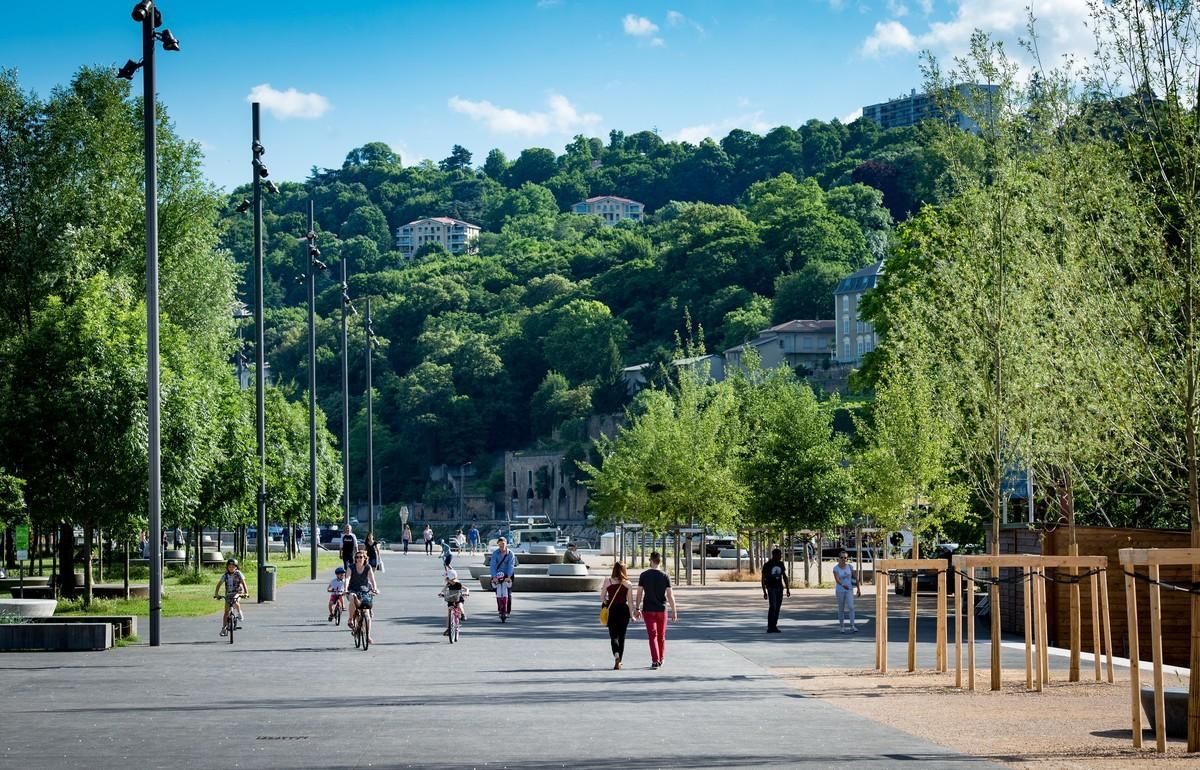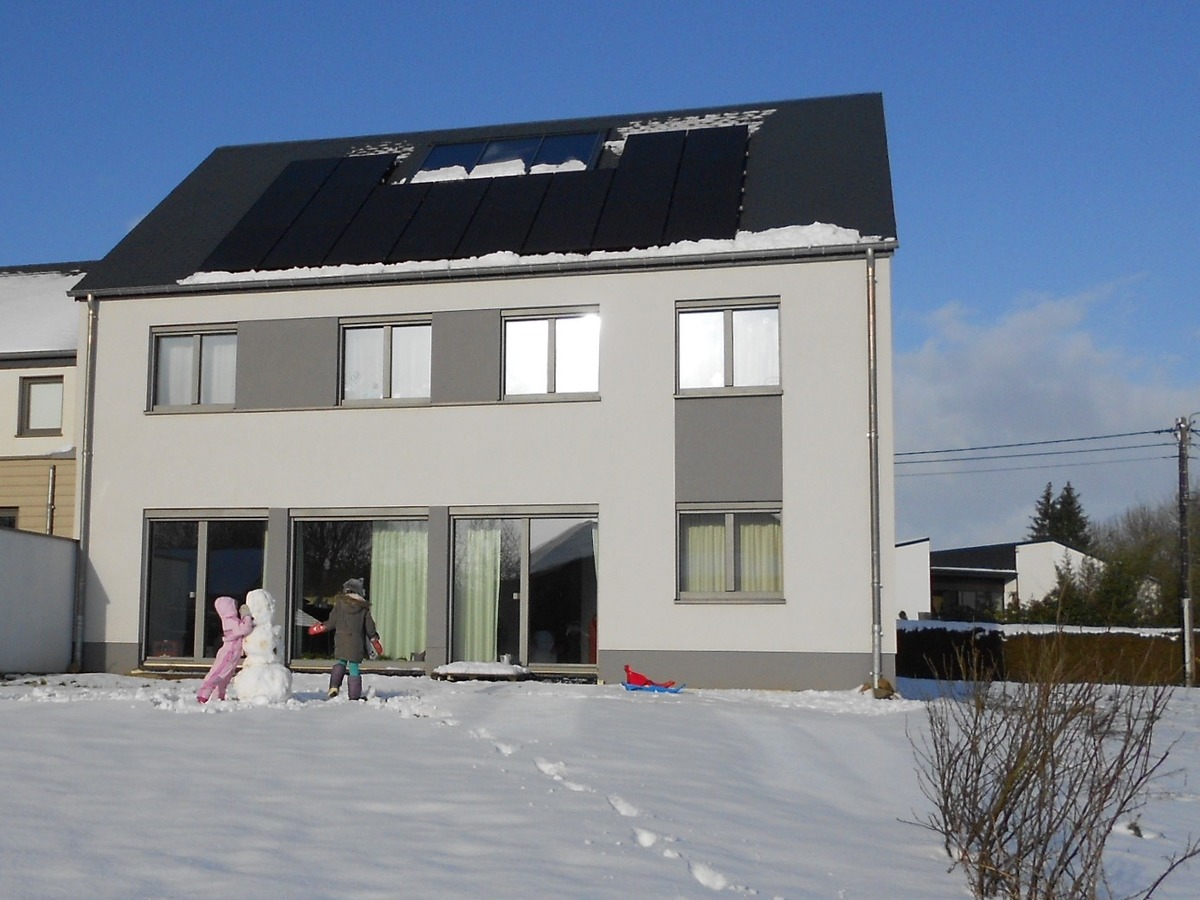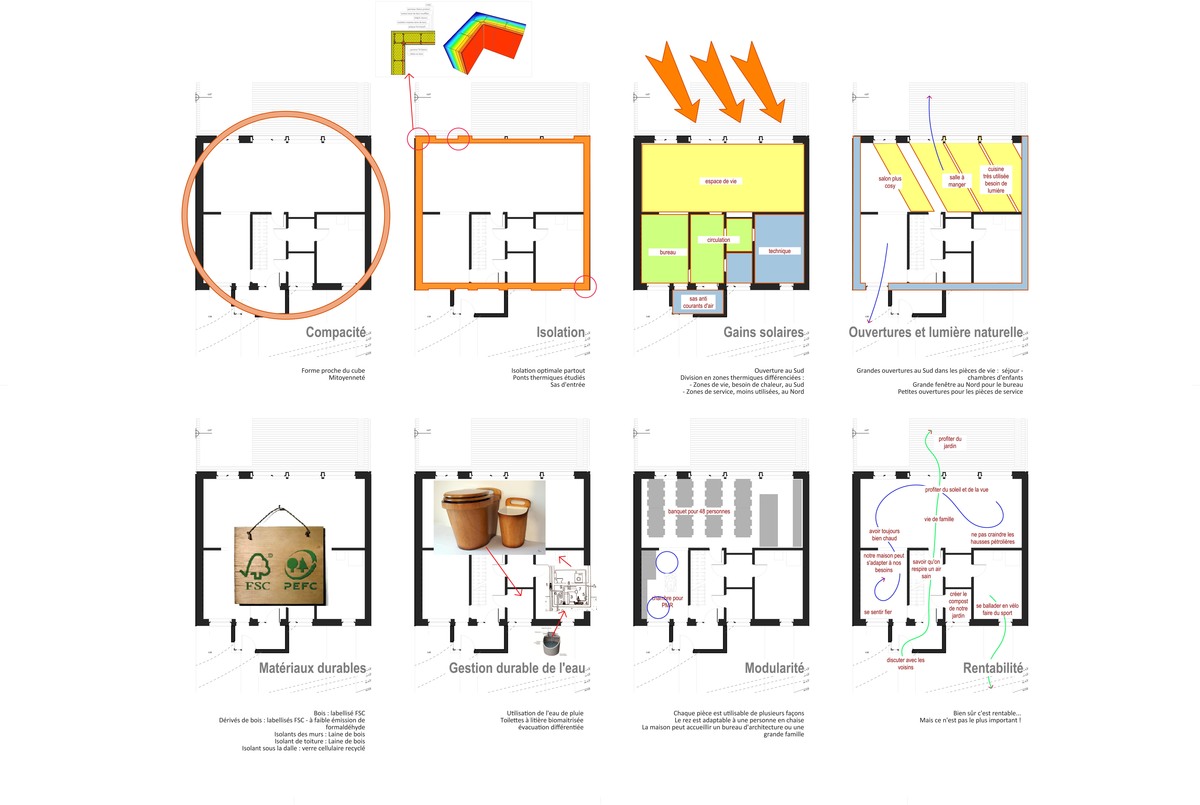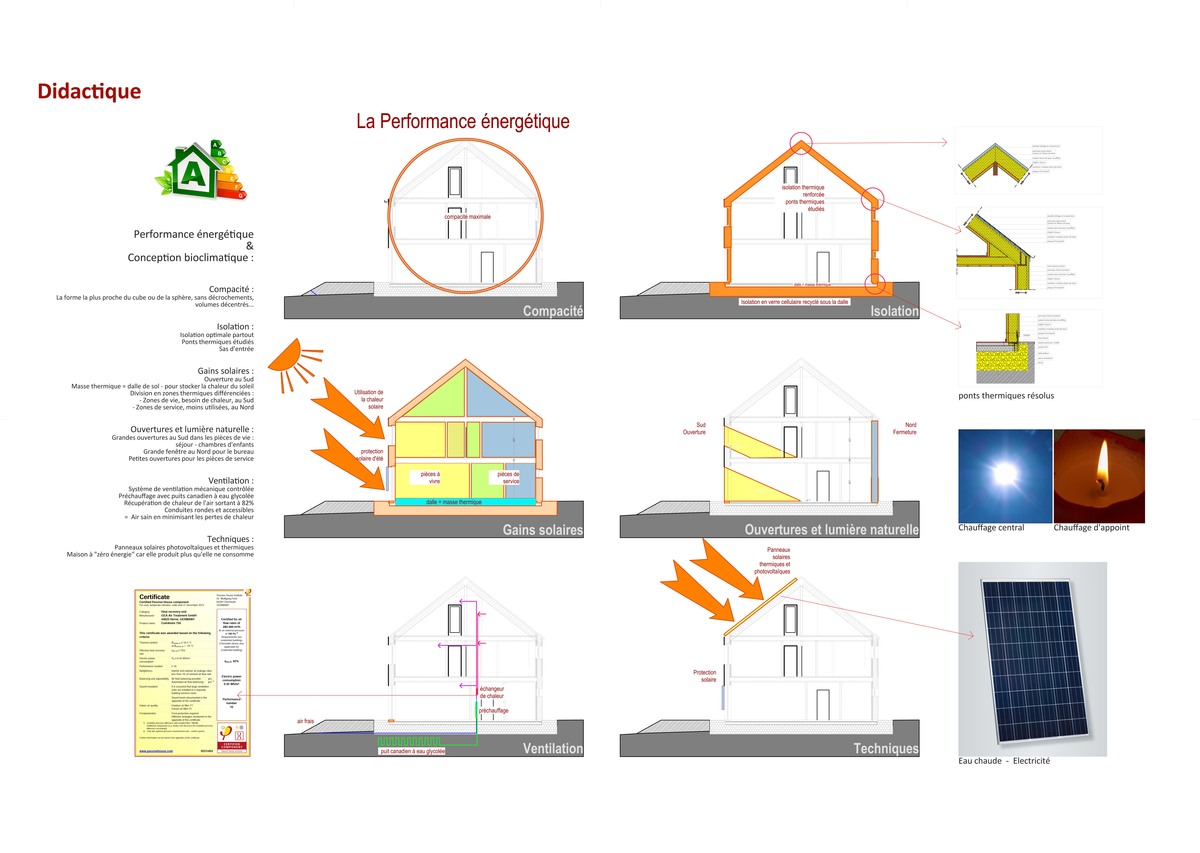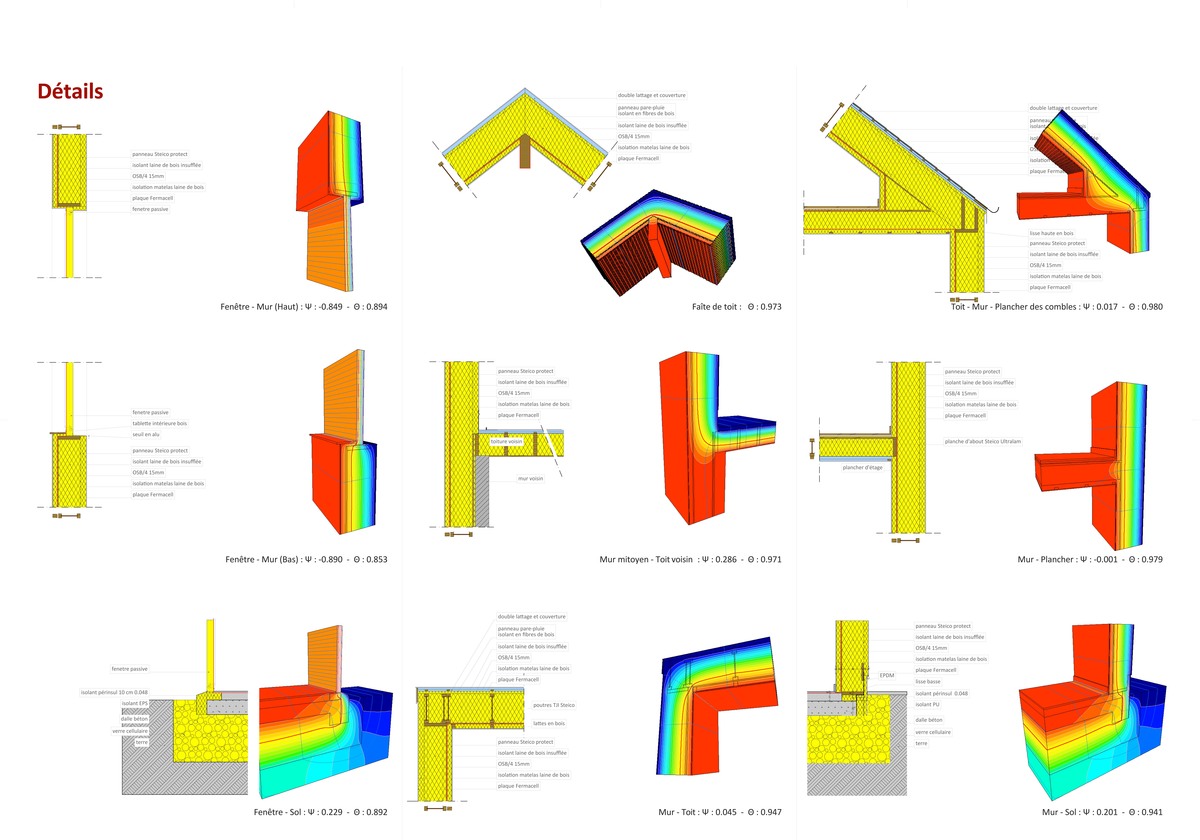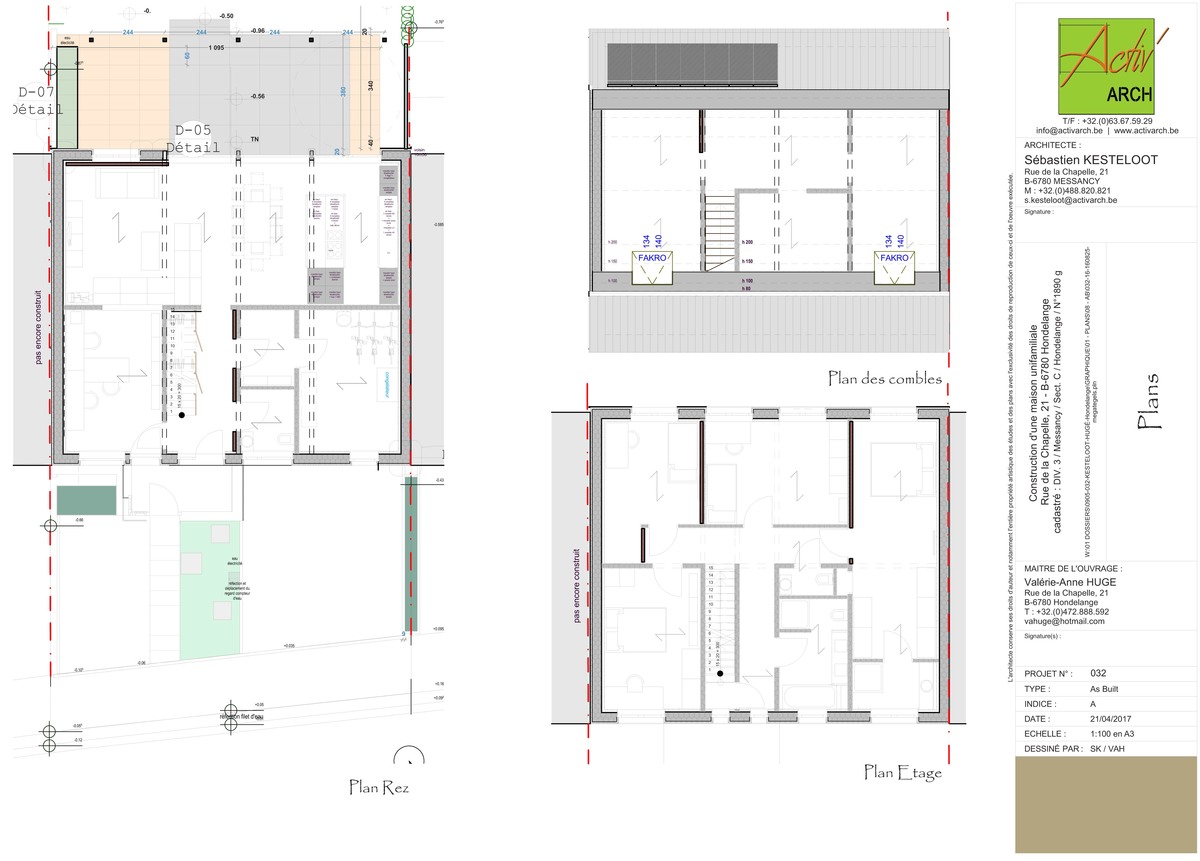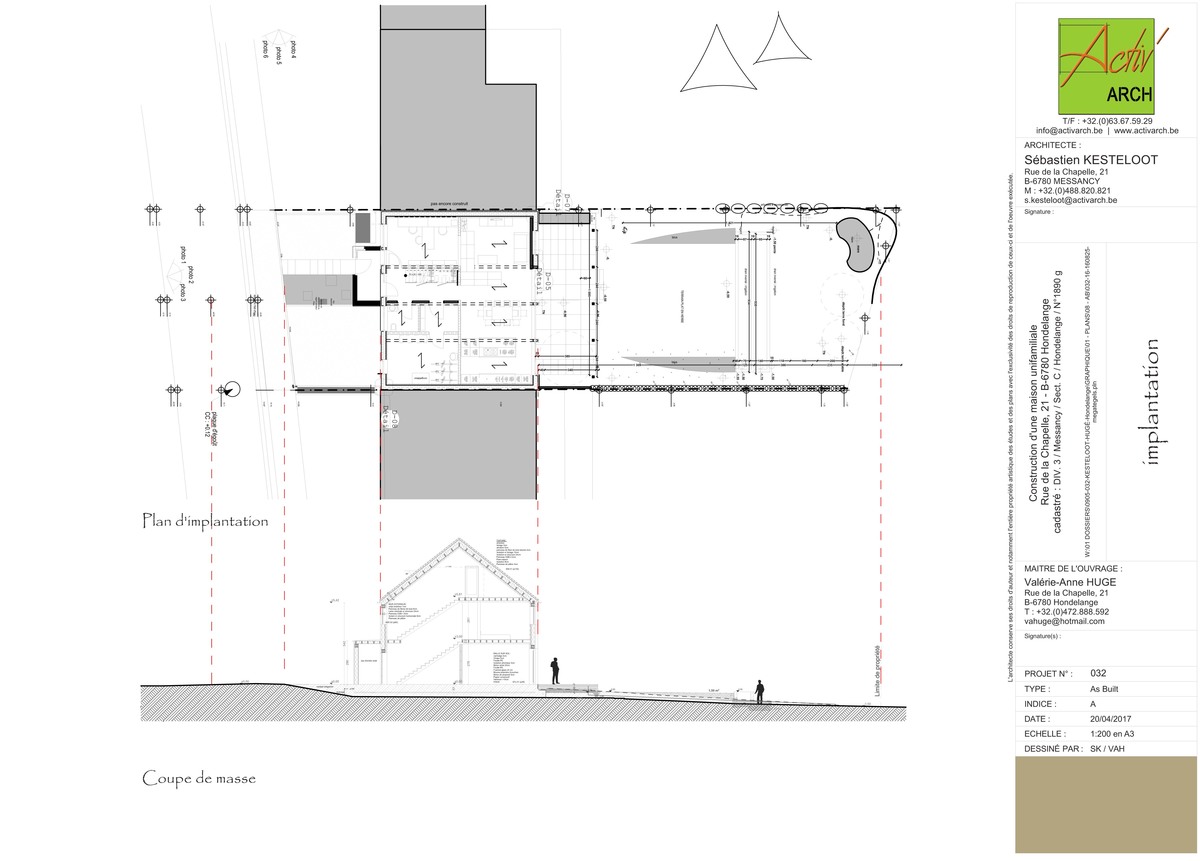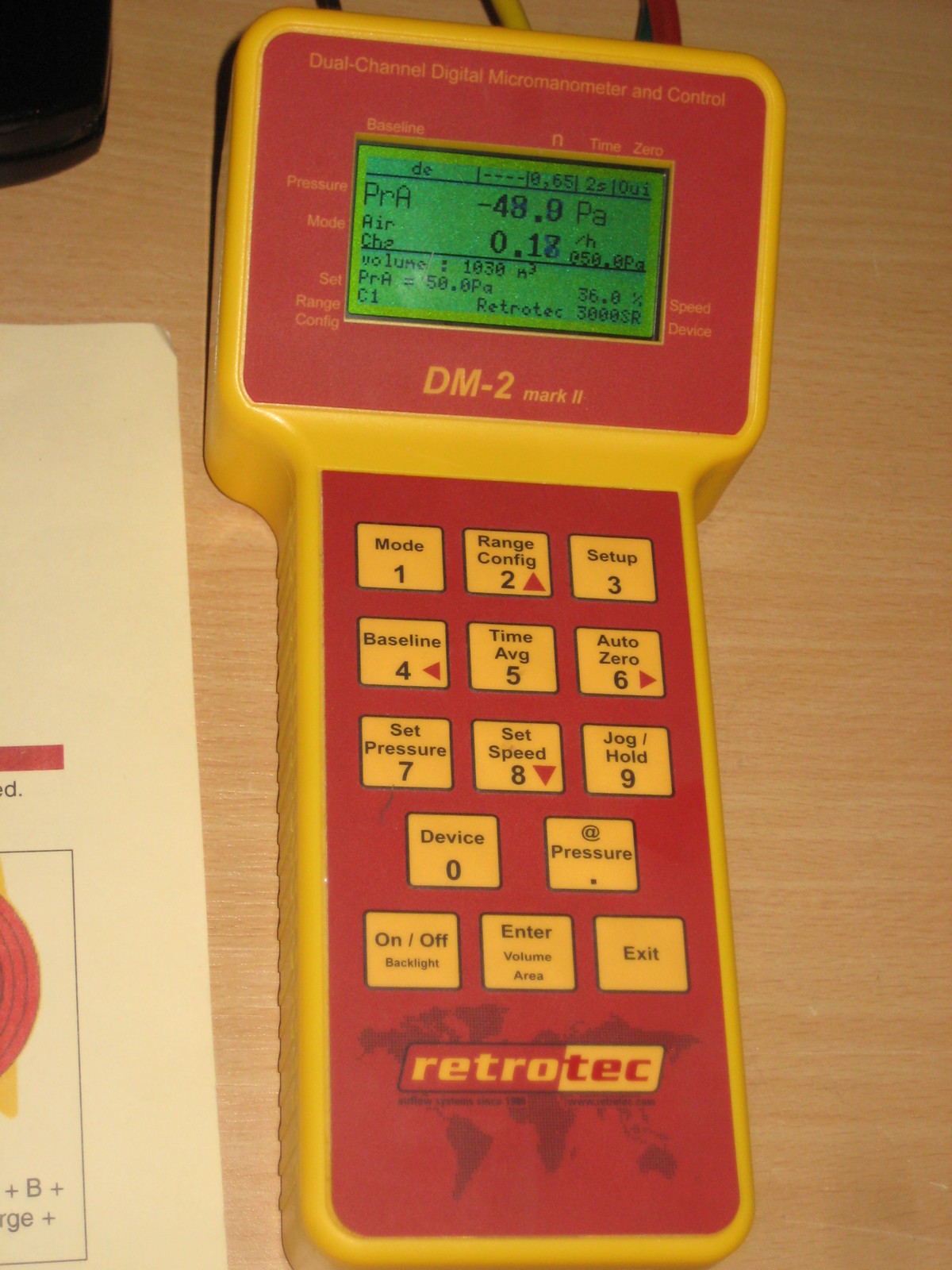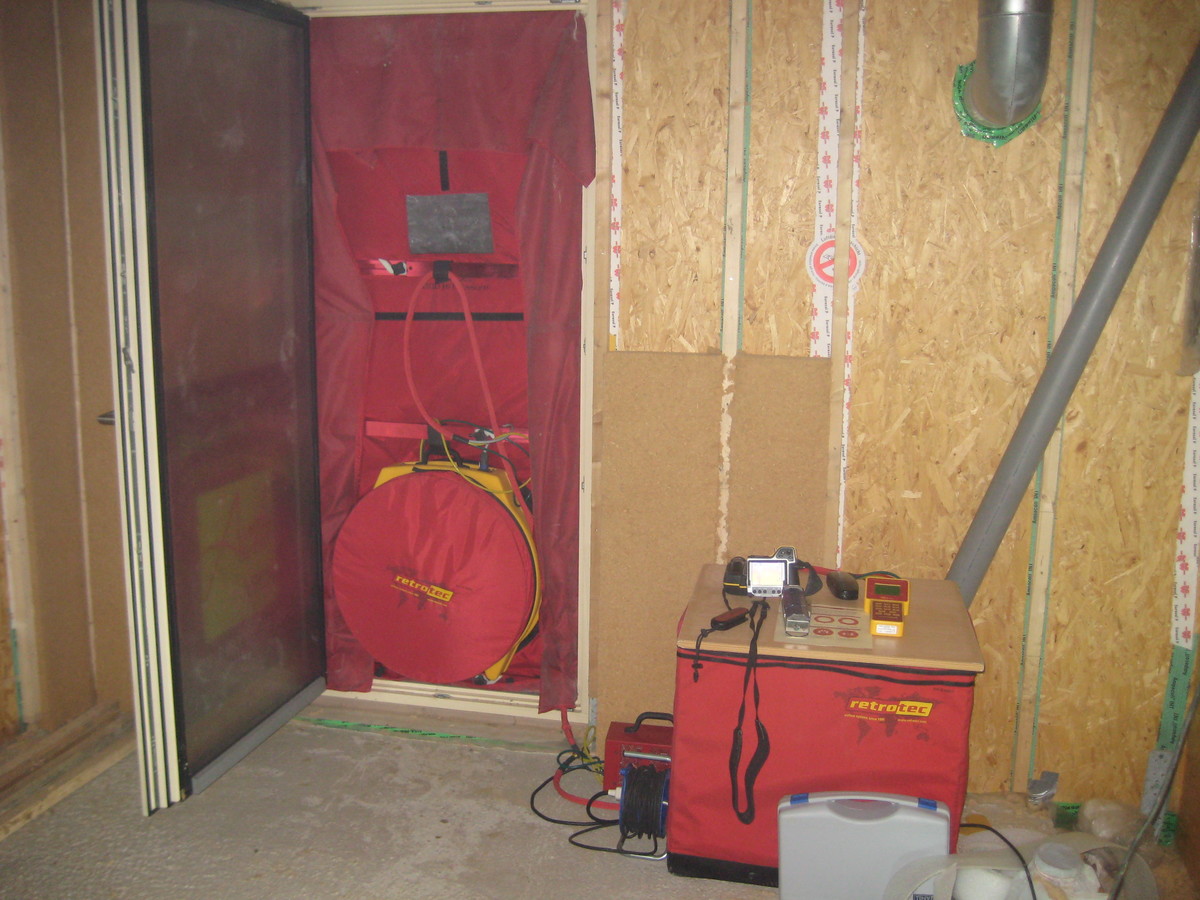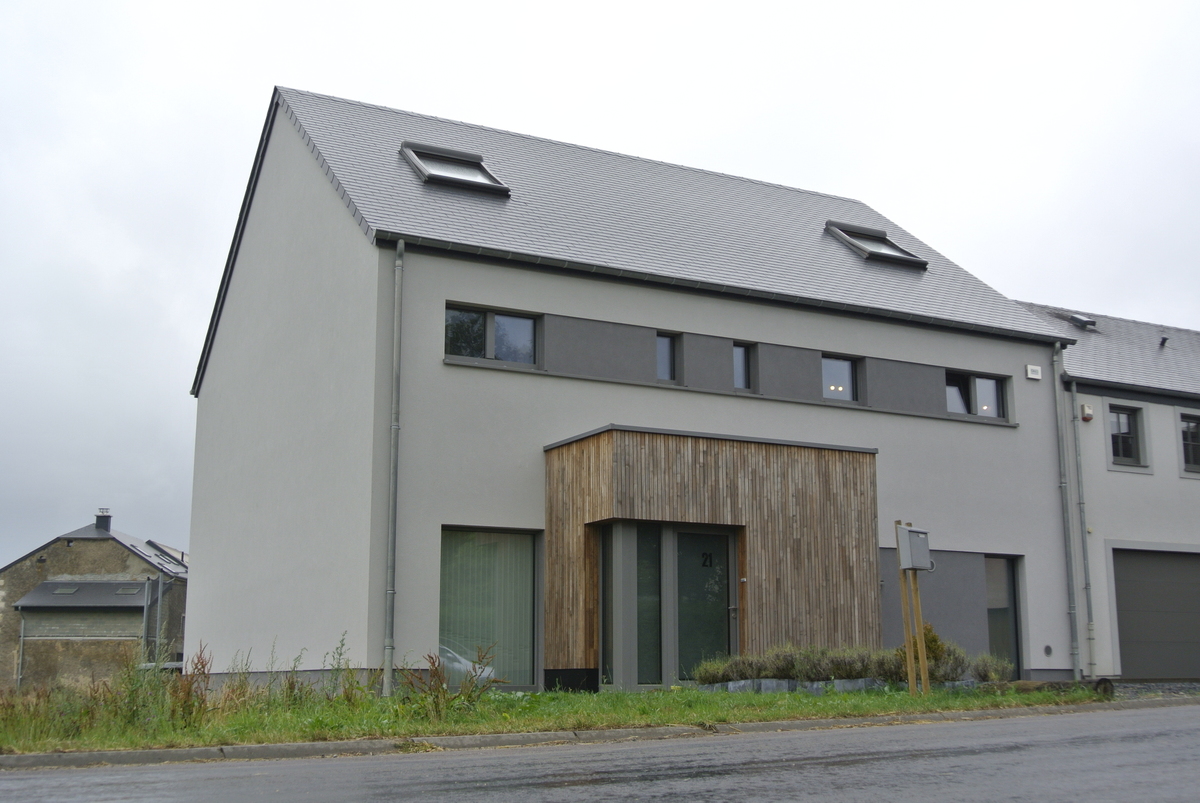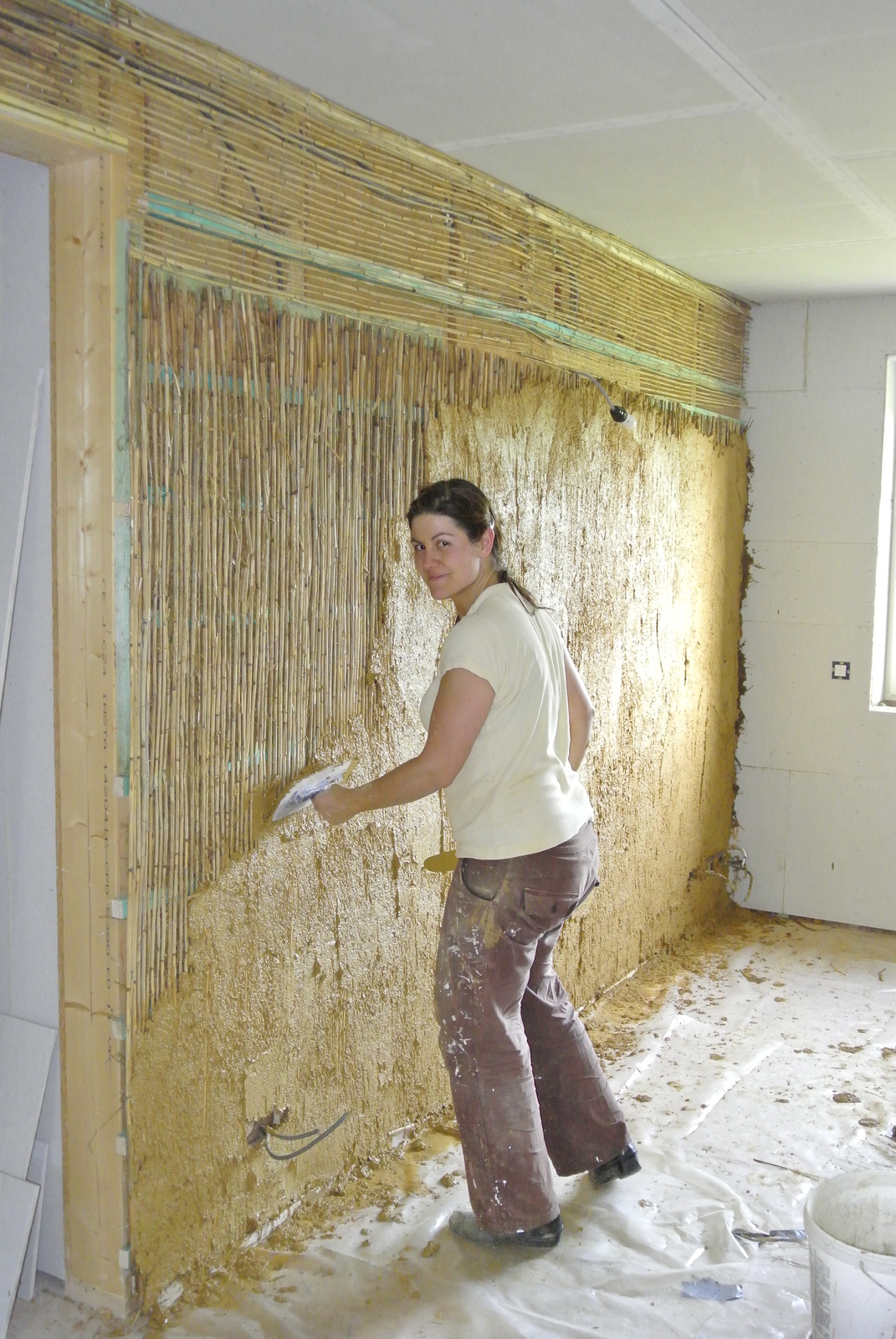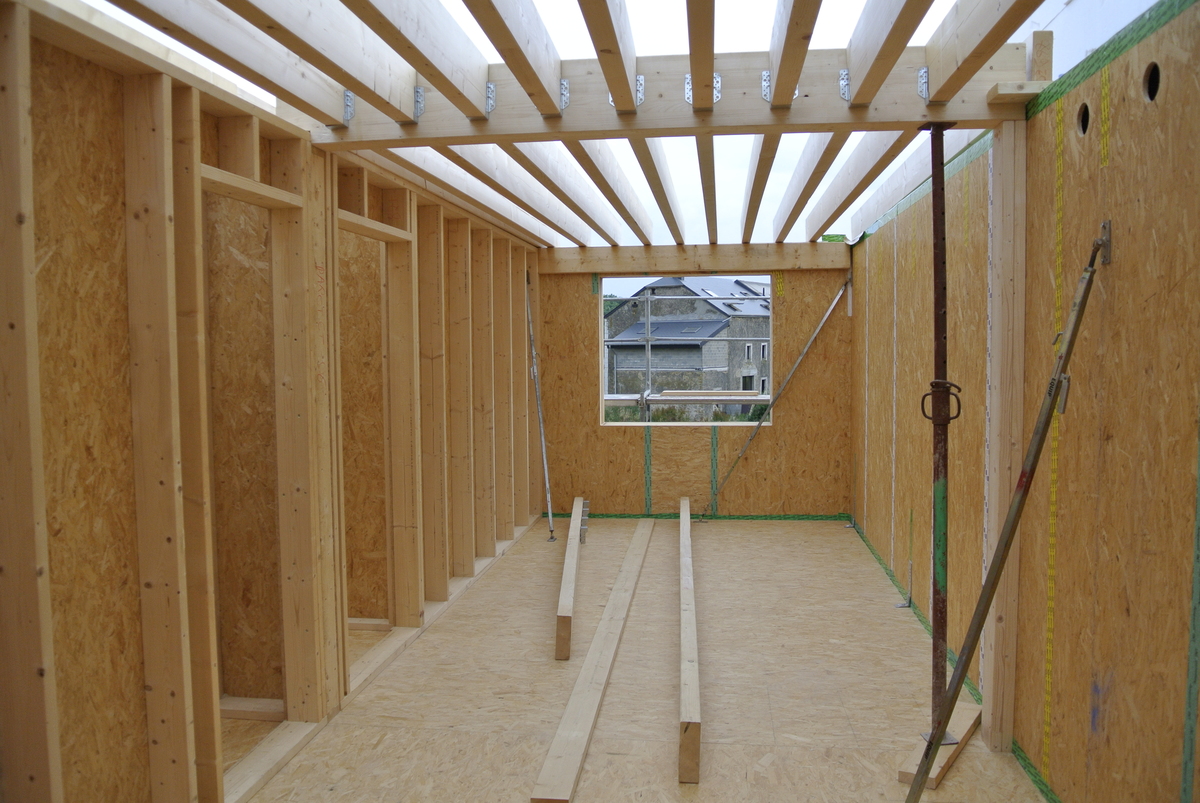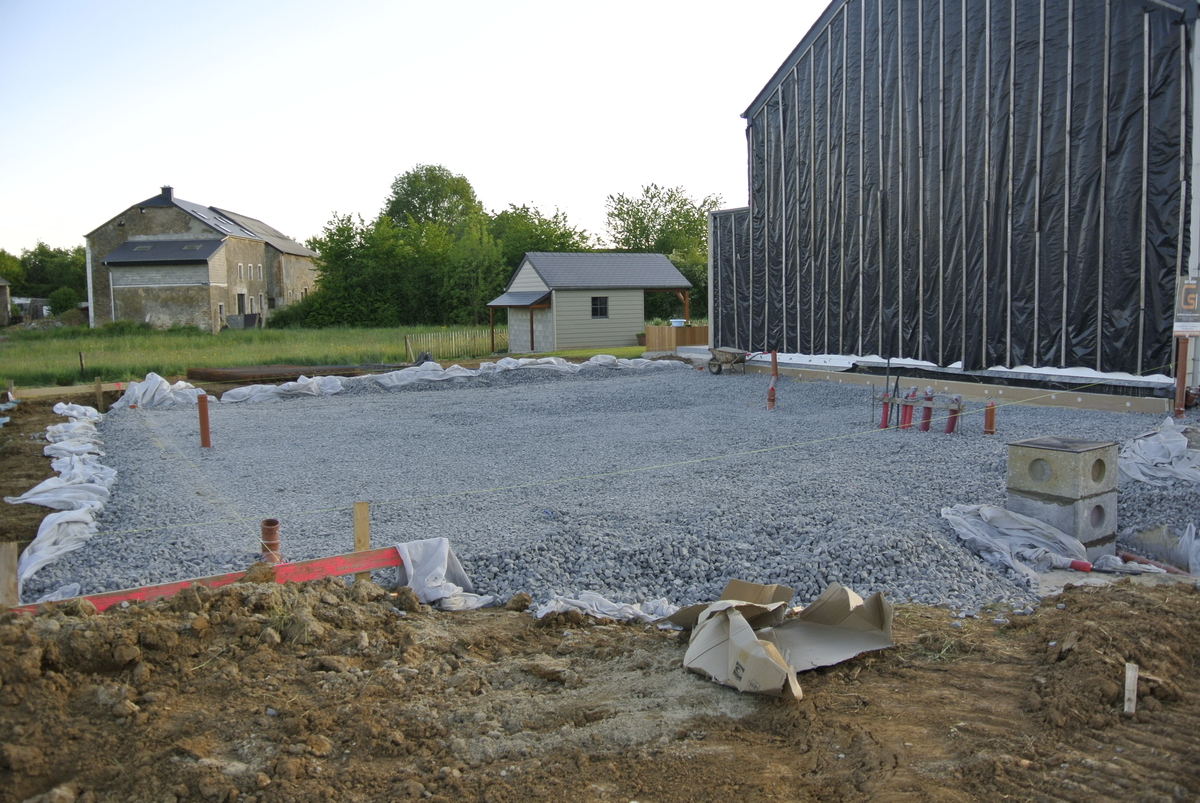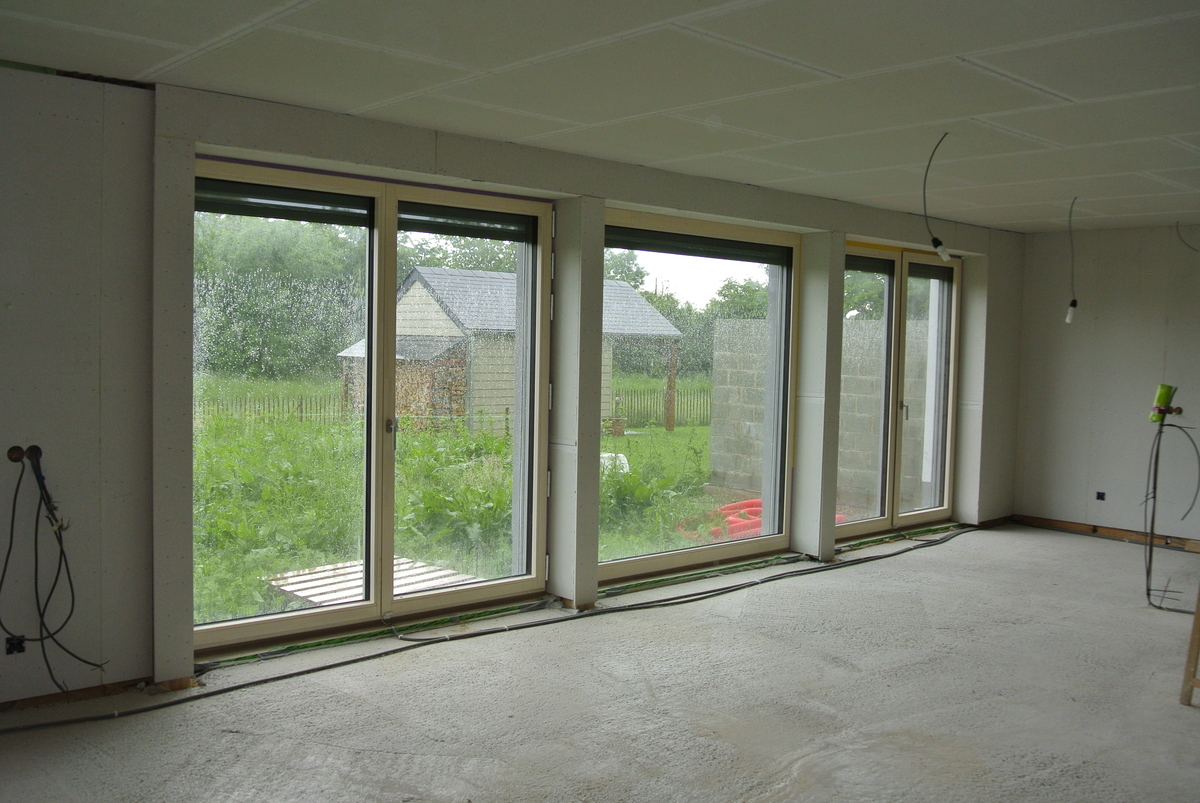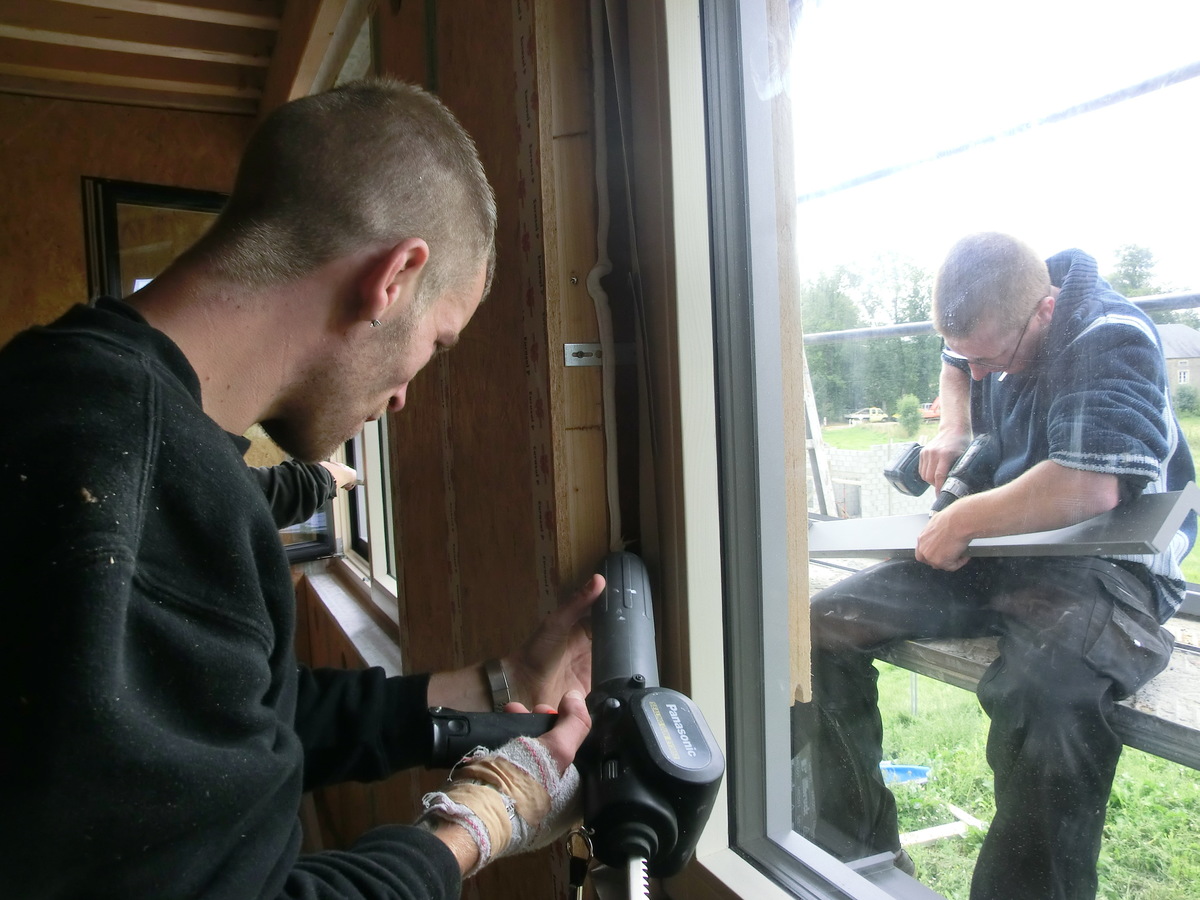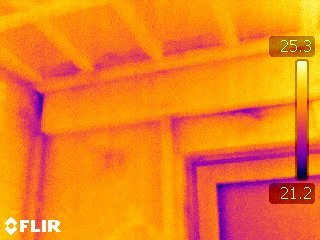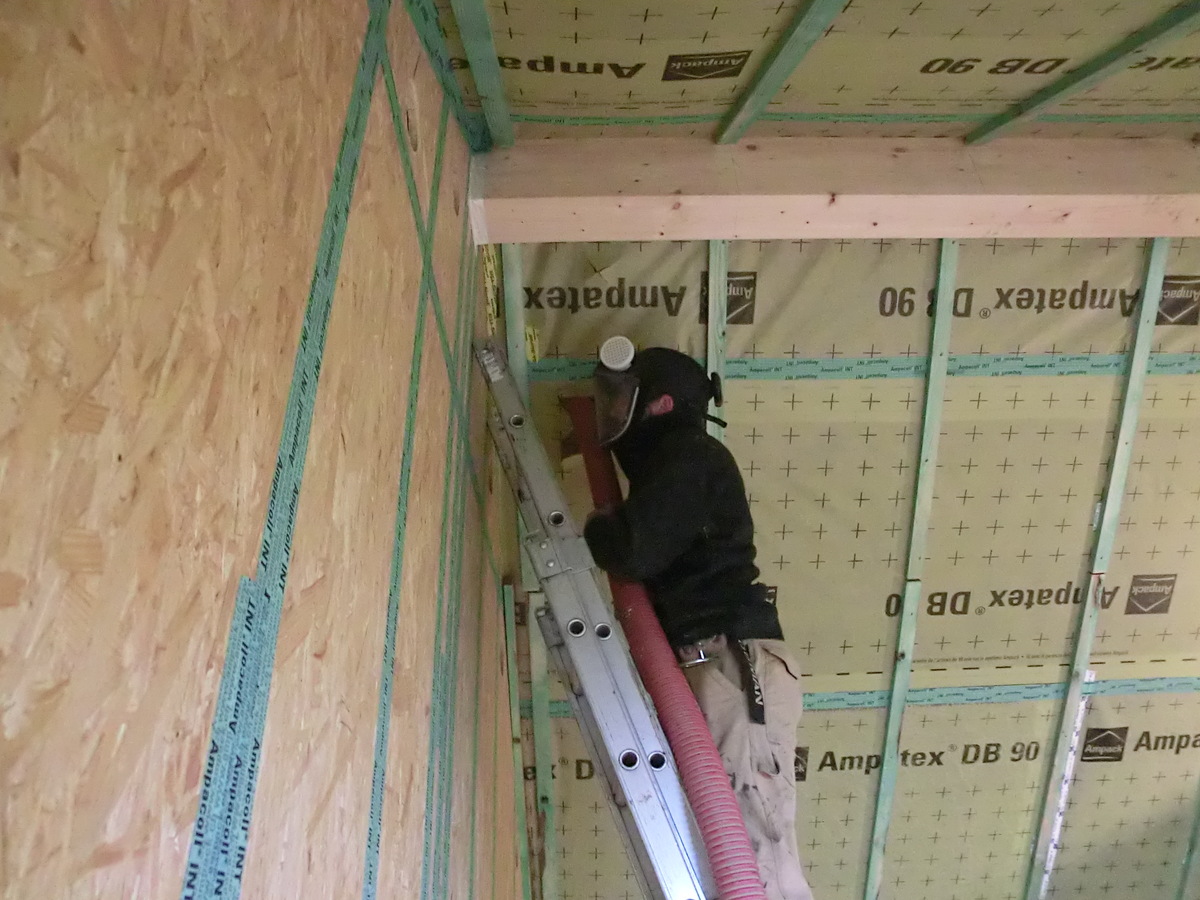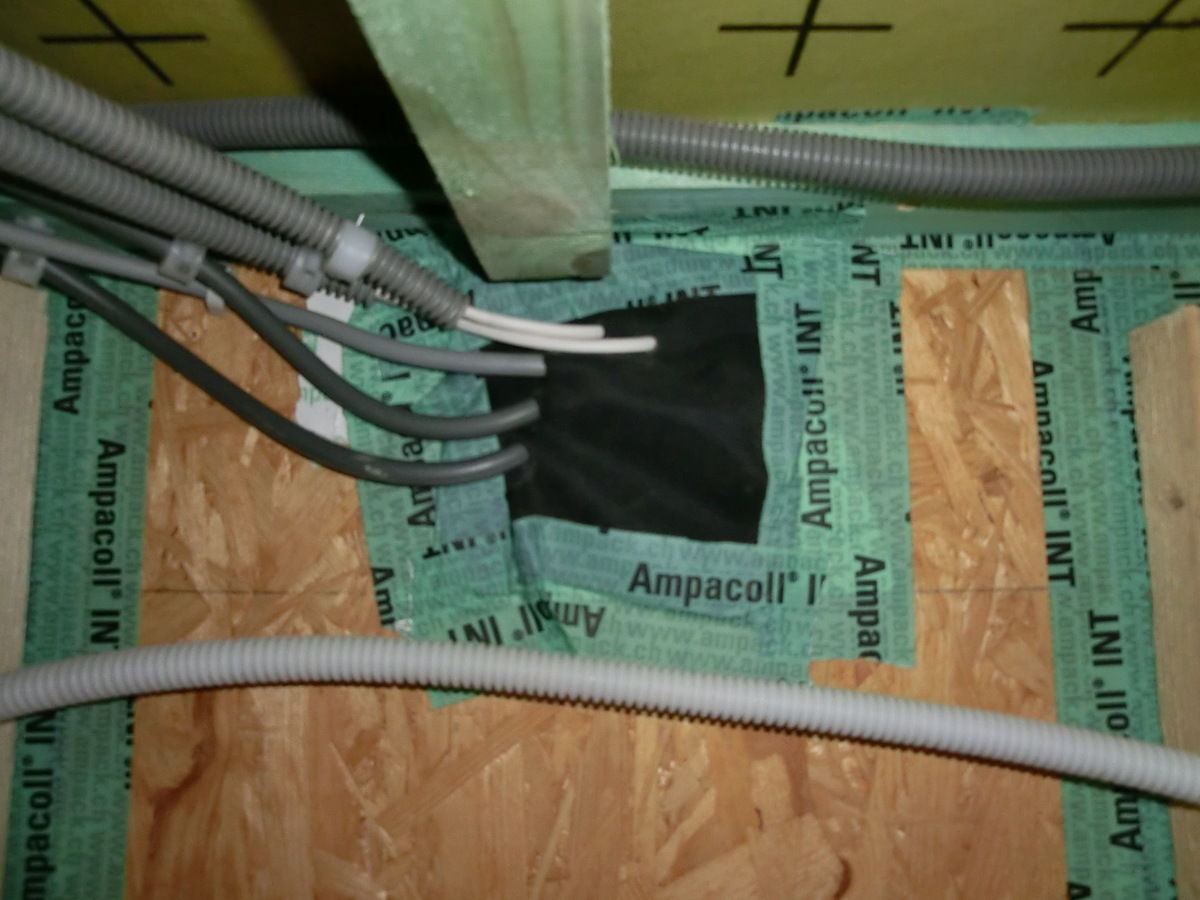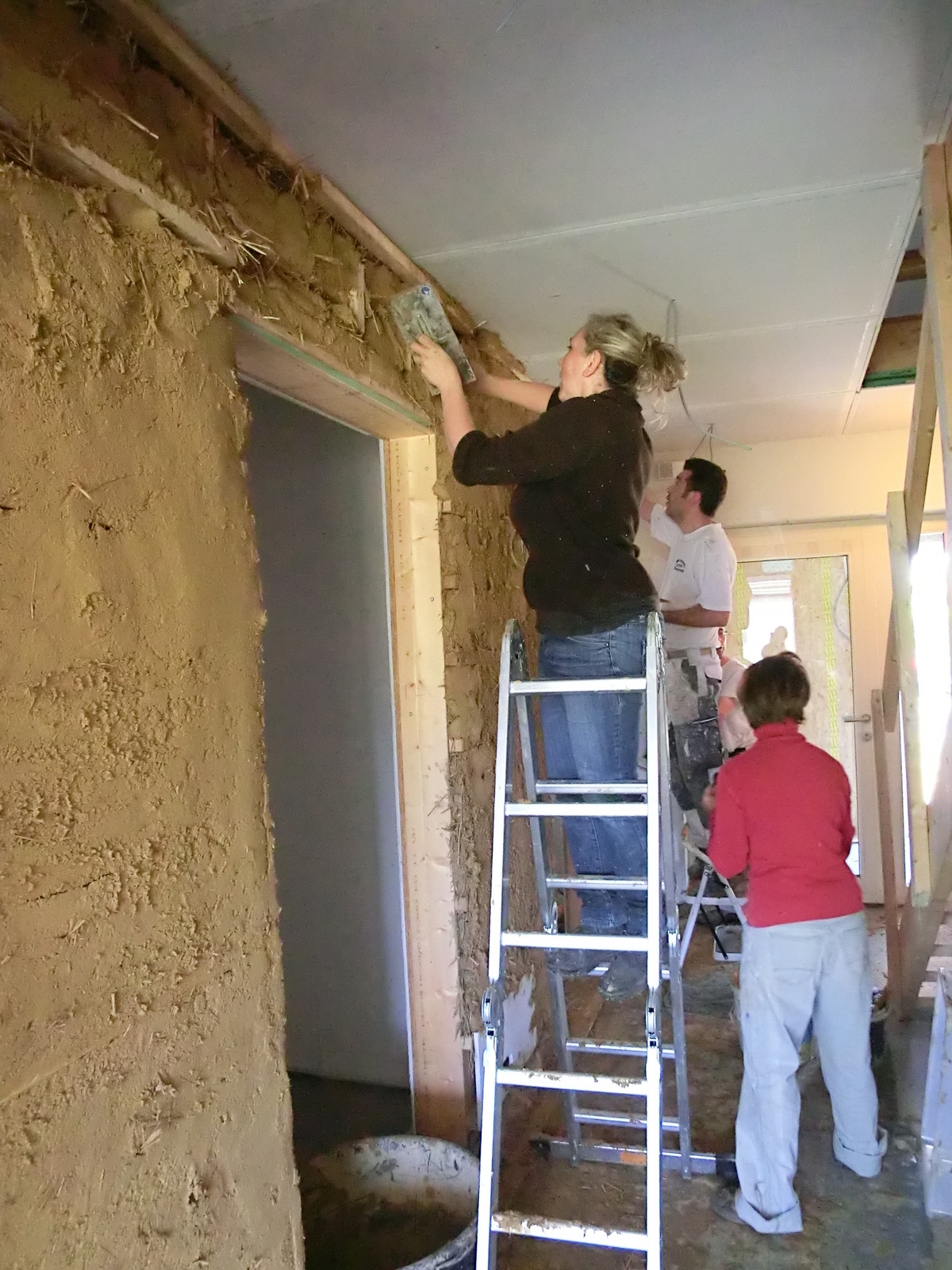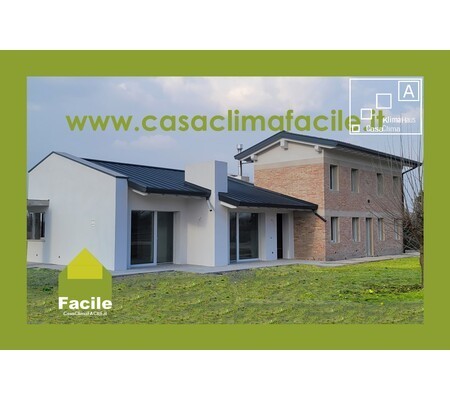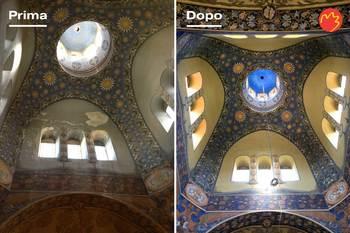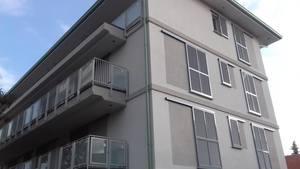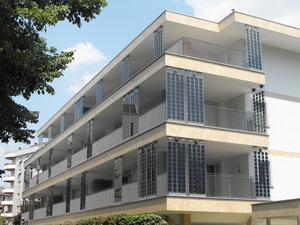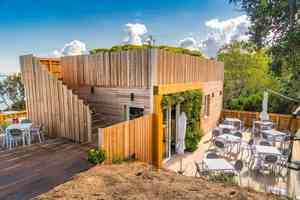HUGE - home and small office
Last modified by the author on 29/05/2017 - 21:04
New Construction
- Building Type : Isolated or semi-detached house
- Construction Year : 2014
- Delivery year : 2014
- Address 1 - street : rue de la Chapelle 21 6780 MESSANCY, Belgique
- Climate zone : [Cfb] Marine Mild Winter, warm summer, no dry season.
- Net Floor Area : 200 m2
- Construction/refurbishment cost : 350 000 €
- Number of Dwelling : 1 Dwelling
- Cost/m2 : 1750 €/m2
-
Primary energy need
-1 kWhep/m2.an
(Calculation method : )
The house was first conceived in a bioclimatic way, with large openings on living rooms to the south, small openings on the secondary rooms to the north. The joint ownership was intended because of compactness. We then imagined a simple wooden structure supplemented by good external insulation. To have a thermal flywheel, we needed a large slab in the heated volume, which led us to isolate under the slab with cellular glass. Unlike others that open the spaces and heat up the whole house, we have preferred a large, well-partitioned living space, which will be heated by the sun and the kitchen, so that we can completely switch from heating to heating. We created an entrance airlock to avoid drafts when someone leaves the front door open, because in the area it is customary to chat on the doorstep ... open.
The materials are almost all ecological, renewable. The structure and the insulation are made of wood, some walls are filled with raw earth for the hygrometry and the thermal mass.
Building users opinion
The inhabitants (we!) are delighted with the thermal qualities of the building. Guests often find it hard to believe there is no heating or cooling. We are less often sick of the respiratory system in winter than before. The brightness of the South is superb, especially in winter when there are few.
If you had to do it again?
If it were to be remade, we would make it smaller but would add the finishes and the exteriors (lamps, terrace). The passive chassis had evolved very much in 3 years, we would install a large sliding (sliding to the very good performances did not exist at that time). For all the rest, the choices would be the same
See more details about this project
https://www.facebook.com/ActivArchitecture-220170004690643/?pnref=lhcData reliability
Assessor
Stakeholders
Designer
Activ'Architecture
Sébastien Kesteloot, [email protected]
http://www.activarch.be/category/prj/Drawing, technical and thermal studies, site monitoring
Contracting method
Separate batches
Owner approach of sustainability
The project owner, Valérie-Anne Hugé, was interested in sustainable construction when she was still mocked and misunderstood. She built a house in straw and studied bioclimatism. For her home, she wanted "total ecological", ie bioclimatic, passive, concentrated, biological, labeled, and even adaptable PMR and adaptable to family modifications. She has done many finishing herself with so eco-friendly materials that the contractors sometimes did not want to implement them at the time (eg raw earth, TLB toilets)
Architectural description
All the architectural choices have privileged function and bioclimatism to the formal aspect. From the outside, the house seems banal, no one stops to admire it. The front façade in the north has small windows dedicated solely to the lighting of the technical rooms and an airlock to avoid drafts. The house, built beyond the standards of the passive, goes without heating. Double-flow ventilation allows the incoming air to be warmed up. Solar panels produce all the electricity needed for family life as well as domestic hot water. The materials were selected for their low environmental impact. Wooden structure built by a local craftsman, wood wool insulation, ecological paints, solid wood flooring ... Raw earthen walls have been placed in several places of the house for their thermal, acoustic and hygrometric performances. In fact, they absorb excess moisture from the air to restore it later, when the air is too dry. The rainwater is recovered for laundry and toilets. There are even biomirated litter toilets, an ecological experimental concept designed to produce compost instead of polluting! The ground floor is accessible and adaptable to wheelchairs.
Energy consumption
- -1,00 kWhep/m2.an
- 100,00 kWhep/m2.an
- -1,00 kWhef/m2.an
Real final energy consumption
-1,00 kWhef/m2.an
-1,00 kWhef/m2.an
2 010
Envelope performance
- 12,00 W.m-2.K-1
- 1,90
- 0,22
Systems
- No heating system
- Solar Thermal
- No cooling system
- Double flow heat exchanger
- Solar photovoltaic
- Solar Thermal
- 100,00 %
Urban environment
- 467,00 m2
- 25,70 %
- 347,00
Product
Menuiserie Hermine 66
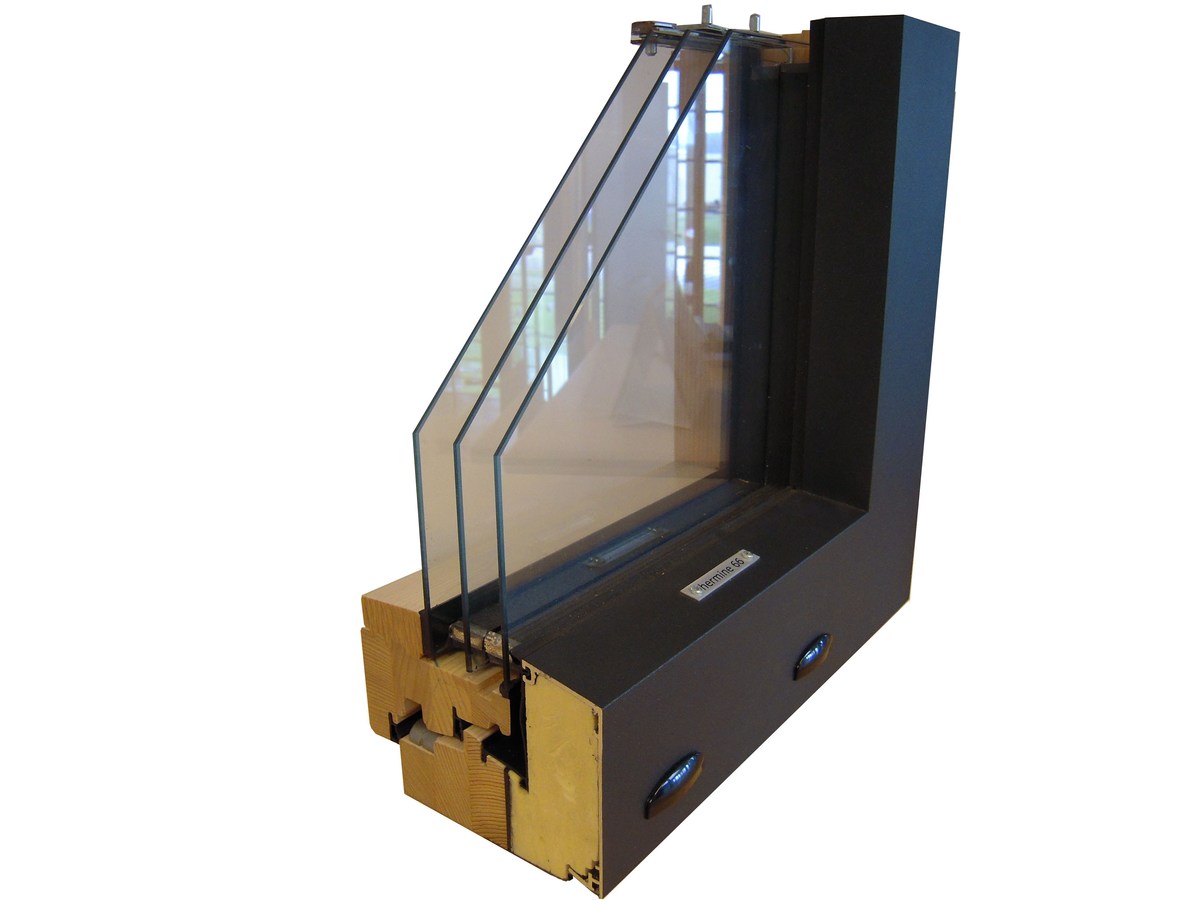
Her-Win SA
Tél +32 60 34 45 44 - Fax +32 60 34 69 44 - [email protected]
http://www.hermine66.com/Table 'c21_italy.innov_category' doesn't exist SELECT one.innov_category AS current,two.innov_category AS parentFROM innov_category AS oneINNER JOIN innov_category AS two ON one.parent_id = two.idWHERE one.state=1AND one.id = '10'
Passive chassis. At the time, Europe's most efficient chassis, at a lower price than the others thanks to specialization: they only manufacture passive chassis. The chassis Hermine 66 becomes the first passive mixed chassis (wood-aluminum) to obtain the approval ATG which adds to the certificate PHI already obtained (Uf = 0,60W / m²K)
We were very happy to find chassis so efficient, not too expensive, and aesthetically modern. They are very heavy but it does not feel to use.
Construction and exploitation costs
- 350 000 €
- 10 000 €

